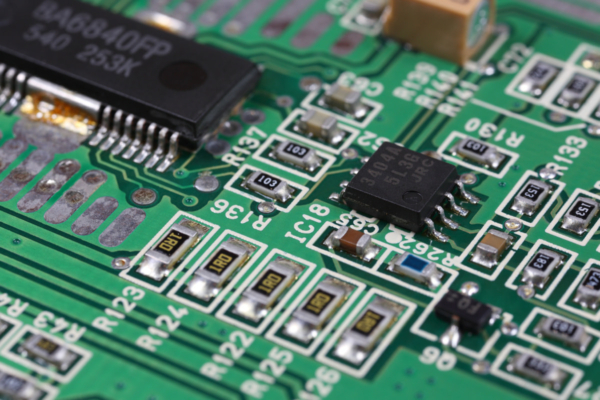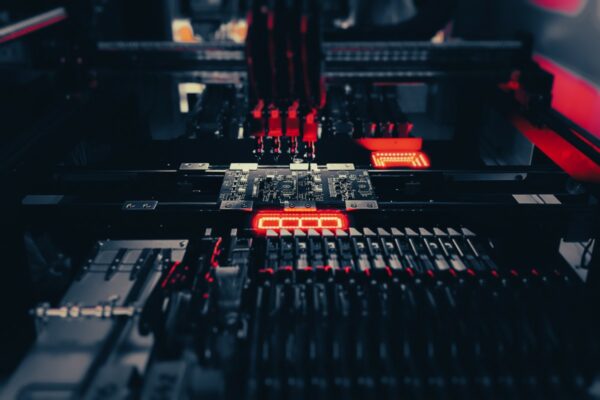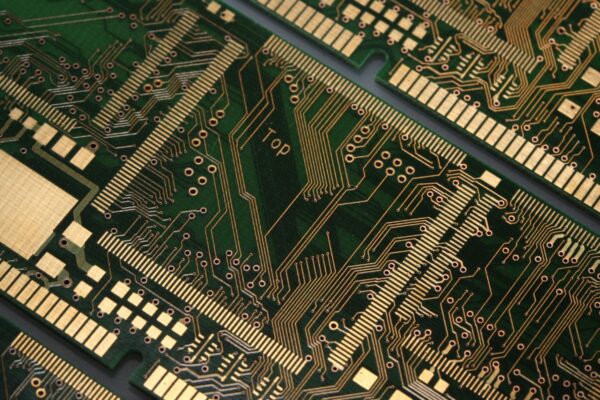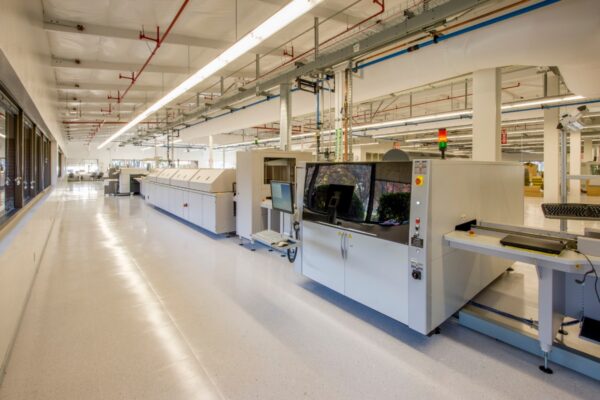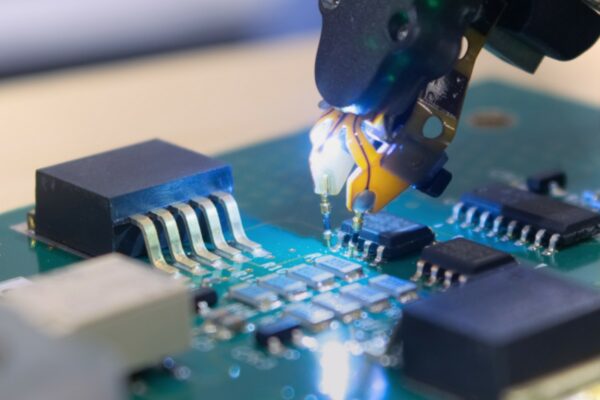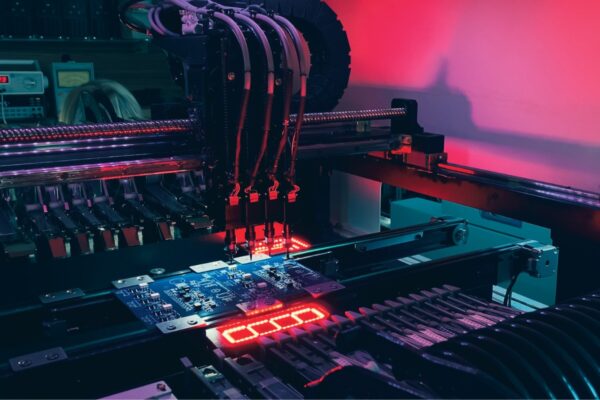In the world of compact electronics, particularly within the hyper-competitive sphere of IoT devices, success is often measured in fractions of a cent. Engineers rightly fixate on component costs and intricate board layouts, yet one of the most powerful levers for controlling production cost is frequently relegated to an afterthought. This is the discipline of PCB panelization, the practice of arranging multiple small boards onto a single, larger manufacturing panel. It is a decision that, far from being a minor production detail, represents a critical strategic fork in the road, balancing fabrication economy against assembly resilience.
The logic of panelization is rooted in the unyielding rhythm of the automated assembly line. An SMT line invests a fixed amount of time to load a panel, guide it through solder paste printing, component placement, and reflow soldering. That cycle time is almost entirely indifferent to what the panel carries. Whether it holds a single large board or twenty small ones, the machine’s time is consumed in nearly the same way. By processing a panel of twenty boards, the substantial costs of machine time and handling are amortized across all units, drastically reducing the per-board assembly price.
This is not merely an optimization for mass production. For any board small enough to elude the grasp of a machine’s conveyor grips, panelization is a fundamental prerequisite for automated assembly. Even for a prototype run of just five units, a panelized design is a ticket to entry. Attempting to run individual small boards through an automated line is a path to rejection or to manual handling fees that obliterate any perceived savings and introduce project delays.
The Central Conflict: A Line in the Board
The choice of how individual boards will eventually be freed from their panel comes down to two fundamentally different philosophies, each with its own economy of cost, design freedom, and mechanical stress. The first, V-scoring, is a process of brute-force efficiency. A machine cuts a shallow V-shaped groove along the top and bottom of the panel, tracing the straight-line perimeters of the boards. This leaves a thin web of material that, after assembly, is simply snapped apart. It is fast and inexpensive to fabricate. Its limitation, however, is absolute: it works only for purely rectangular shapes.
The alternative is tab-routing, a method of greater finesse. Here, a routing machine carves out the complete, unique profile of each board, leaving it connected to a frame by a few small tabs. These tabs are often perforated with a series of tiny holes, or “mouse bites,” designed to weaken them for a cleaner break. This approach liberates the designer from the V-score’s rectilinear prison, accommodating any conceivable shape. But this freedom comes at the price of machine time, making it a slower and more expensive fabrication process.
The decision between them is rarely a simple matter of comparing upfront fabrication quotes. The “cheaper” path of V-scoring can become ruinously expensive if its primary drawback, mechanical stress, is ignored. The force required to snap the boards apart sends a significant shockwave through the FR-4, a force that can prove fatal to certain components. A 5% yield loss on a board populated with expensive, stress-sensitive parts quickly transforms the initial savings of V-scoring into a substantial net loss. The correct choice demands a holistic view of total cost, one that accounts for the potential price of damaged components and latent field failures.
The Decisive Factor: Proximity to the Edge
More than any other variable, the presence of delicate components near a board’s edge dictates the panelization strategy. If your design places components like ceramic capacitors, BGAs, or fine-pitch packages within roughly 5mm of a planned break-line, V-scoring should be avoided for that edge. The snapping action can easily induce micro-cracks in the brittle dielectric of a capacitor or fracture the solder balls of a BGA. These are insidious defects, often invisible to inspection, that emerge weeks or months later as inexplicable field failures.
In these scenarios, tab-routing is not a luxury; it is a requirement for reliability. The stress of separation is isolated to the small, sacrificial tabs, protecting the valuable real estate of the populated board. For a rectangular design, a hybrid approach is often a pragmatic compromise, using V-scores for long, unpopulated edges while employing tab-routing to protect shorter edges dense with connectors or sensitive parts.
Designing for the Machine
A properly designed panel is more than an array of boards; it is a purpose-built carrier, a scaffold designed to speak the language of the assembly line. It must include sacrificial tooling rails on its edges, which serve as the grip points for the conveyor system. These rails also provide the necessary space for panel-level fiducial marks, the small copper targets that a machine’s vision system uses to orient itself, ensuring components are placed with microscopic precision.
The most common and costly mistake in panel design is born from an attempt at hyper-optimization. In the pursuit of fitting one more unit onto a panel, a designer might shrink the space between boards or narrow the tooling rails to an absolute minimum. This theoretical efficiency often backfires spectacularly in production. The resulting panel may be too flimsy, sagging or vibrating during component placement and leading to a cascade of errors. Or it may make depaneling so difficult that it requires manual rework, introducing both labor cost and the risk of damage. A slightly less dense panel that runs flawlessly is always more profitable than a theoretically perfect one that fails on the line.
Refining the Strategy
Once the foundational method is chosen, further refinements can elevate yield and efficiency. The design of the tab itself is a delicate balance. Too weak, and a board might vibrate or break off mid-process, causing a line stoppage. Too strong, and the force needed to break it can stress the board, negating the very reason for choosing tab-routing. A tab should be just strong enough to survive assembly, and no stronger.
Even the orientation of the boards on the panel carries weight. For the highest quality solder paste deposition, the long axis of fine-pitch pads should run perpendicular to the travel of the printer’s squeegee. If a panel mixes board rotations, it guarantees that the print quality will be compromised for half the boards, inviting solder defects. Maintaining a single, consistent orientation is a subtle but powerful principle of design for manufacturing.
Ultimately, the initial choice of panelization method dictates the final act of separation. A V-scored panel can be broken by hand, the cheapest but most stressful method. A tab-routed panel, however, allows for the use of a depaneling router, a machine that precisely cuts the tabs with zero stress to the board. For high-value assemblies where reliability is paramount, the cost of the router is easily justified by the complete elimination of stress-induced defects, bringing the entire manufacturing narrative to a clean and reliable close.
